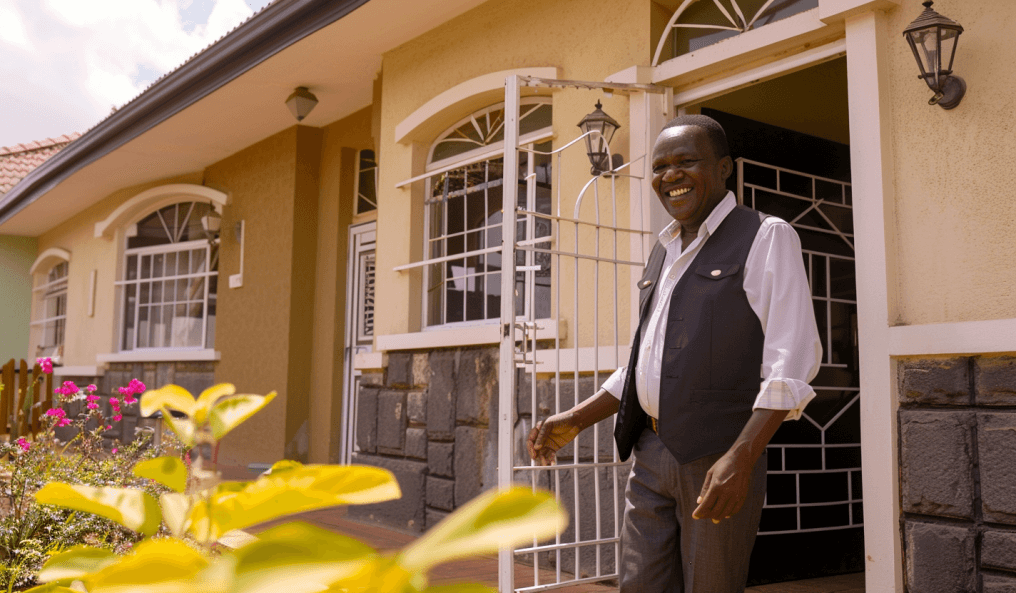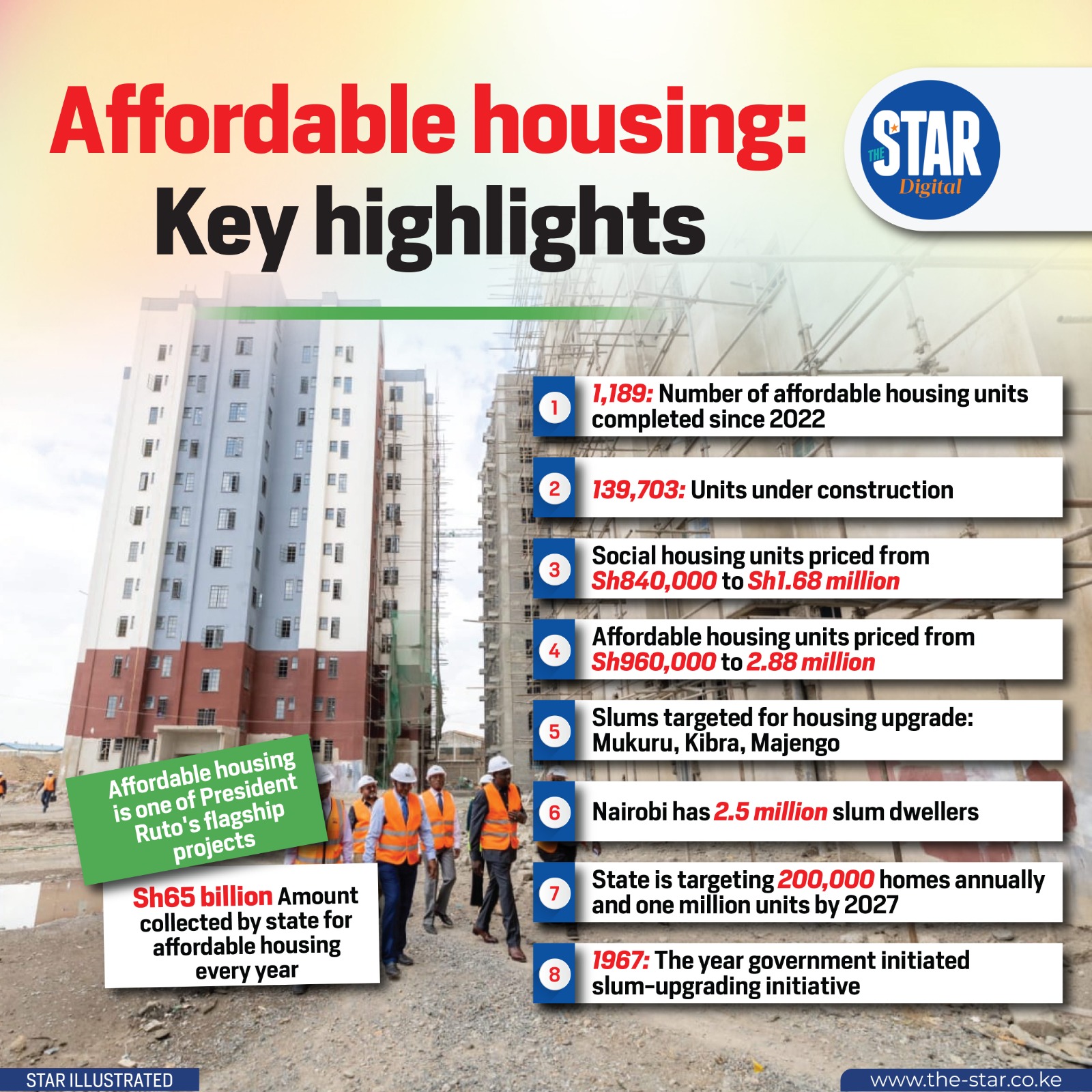As Kenya's population ages and lifestyles evolve, the concept of dedicated retirement homes and senior living communities is gradually gaining traction. While still a nascent market in 2025, it presents unique opportunities for developers and investors attuned to the specific needs of this demographic.
1. Understanding the Demand for Retirement Living
Demographic shifts: increasing life expectancy, growing middle class with elderly parents. Desire for secure, managed, and lifestyle-oriented living for seniors. Changing family structures and urbanization reducing traditional family support systems.
2. Types of Retirement Communities and Facilities
Independent living communities, assisted living facilities, and nursing homes (skilled care). Lifestyle amenities often sought: healthcare access (on-site clinic/nurse), social and recreational activities, communal dining, security, housekeeping, and transportation services.
3. Preferred Locations for Retirement Homes in Kenya
Areas with good climate, tranquility, and proximity to quality healthcare facilities. Examples: Naivasha, Nanyuki, outskirts of Nairobi (Karen, Limuru), coastal towns (for those preferring warmer climates). Importance of accessibility for family visits.
4. Design Considerations for Senior-Friendly Housing
Universal design principles: single-level living or easy ramp/elevator access, non-slip floors, grab bars in bathrooms, wider doorways, emergency call systems, good lighting, and accessible common areas.
5. Investment Models and Financial Viability
Developing new retirement communities, converting existing properties. Pricing models (outright purchase, life rights, rental). Operational costs and revenue streams. Challenges in achieving scale and affordability.
6. Regulatory and Ethical Considerations
Need for clear regulations and standards for senior care and housing. Ensuring quality of care, staff training, and resident rights. Ethical marketing and transparency in service agreements.
7. The Role of Diaspora Returnees
Kenyans returning from diaspora after retirement often seek managed living solutions similar to what they experienced abroad, potentially driving demand for higher-end retirement communities.
Conclusion
The retirement homes market in Kenya is poised for slow but steady growth in 2025 and beyond. Success in this niche will require a deep understanding of senior needs, careful financial planning, and a commitment to providing high-quality, compassionate care and lifestyle options.




